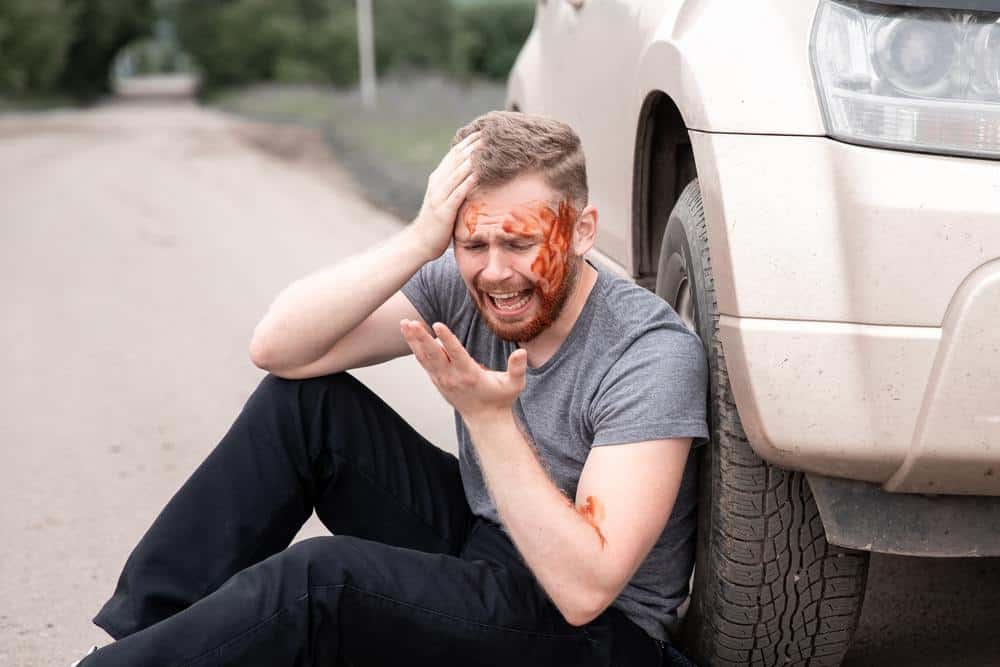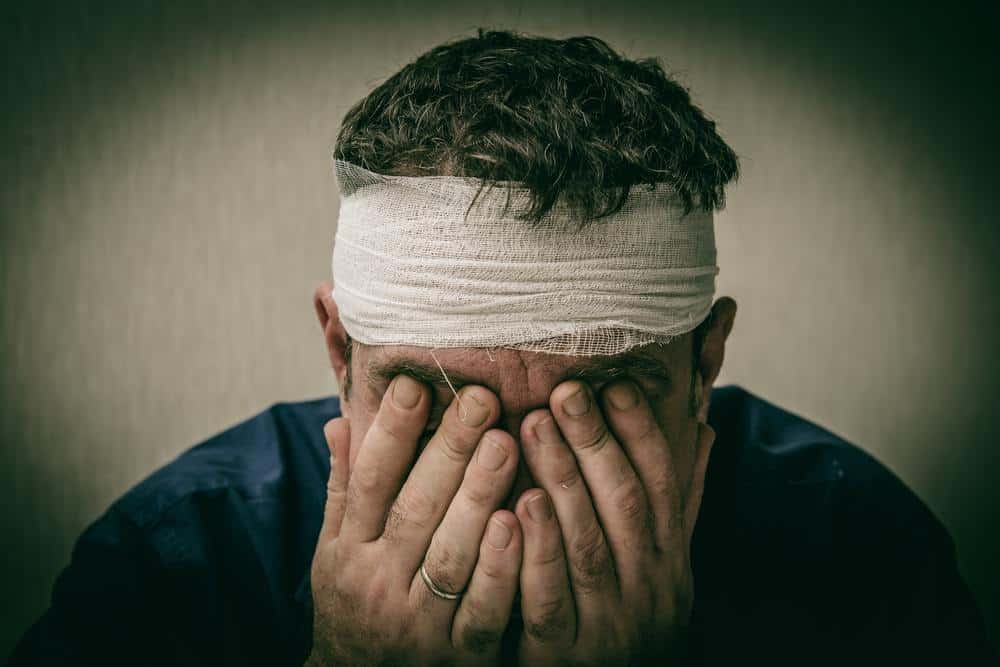
It may seem hopeless trying to predict an injury that can take such a sudden turn, but fortunately, there are a few distinct symptoms that you can keep an eye out for. Knowing these symptoms can be the difference between life and death.
What Is a Brain Bleed?

Internal bleeding is never good, but brain bleeds are especially dangerous as the brain is a highly sensitive organ, and the pressure from even a small brain bleed can cause major disruptions. To put into perspective how bad a brain bleed can get, if a major artery is involved, you could end up with what’s known as a hemorrhagic stroke. Not only are these incredibly dangerous emergency situations, but they are not often survived, aa the rate of survival is estimated to be around 30%.
Signs and Symptoms

Brain bleeds aren’t always fatal, but they must be caught in time. Remember to always visit an emergency care center immediately after any major head injury, and tell them if you’re experiencing any of the following:
- Headache
- Back or neck ache
- Stiffness in the neck
- Changes in vision
- Photophobia (sensitivity to light)
- One side of the face or body becoming weaker than the other
- Slurred speech
- Lethargy
- Vomiting and nausea
- Confusion
- Changes in behavior
- Seizures
- Collapsing
- Loss of consciousness
A Short Review of FASTER
Seeing as a brain bleed can also come in the form of a hemorrhagic stroke, and brain bleeds, in general, can often share symptoms with a stroke, remembering the steps for spotting a stroke can also assist in remembering the symptoms of a brain bleed. Oftentimes, symptom checking is reduced to a six-step rubric known as FASTER, since there are several easily-recognizable symptoms to keep an eye out for. It’s so easy to memorize that a preschooler can do it, and knowing what to do in an event like this is vital for the continued survival of anyone who you may suspect of having a stroke or brain bleed.
The steps of FASTER are as follows:
- F stands for Face, and it refers to drooping or numbness on one side of the face vs. the other. Suggest that the subject smile to emphasize the droop.
- A stands for Arms, and it refers to one arm being weaker or number than the other. Ask the person to raise both arms and hold them for a count of 10. If one arm falls or starts to droop, this could be an indication of a stroke or brain bleed.
- S stands for Stability, which relates to your ability to remain steady on your feet. Individuals may trip, become extremely dizzy, or be unable to stand without assistance. If they’re normally able to stand, try to get them to do so and watch their balance.
- T is for Talking, and it relates to alterations in speech such as slurring, garbled, unintelligible phrases, or an inability to respond properly. People who have had a stroke or any severe head trauma may be difficult to understand, and others may find it difficult to understand them. Request that the other person repeats a simple sentence, such as “The apple is red.”
- E stands for Eyes, which relates to changes in vision. Total vision loss in one eye, double vision, and partial vision loss in one or both eyes are all examples of sudden vision changes that can occur during a stroke or brain bleed. If the patient is responsive, try asking them how well they can see. If they don’t respond properly or at all, a medical professional will likely check once you arrive at the emergency room.
- R stands for React, and it serves as a reminder to call 911 right away if you see any of these symptoms. Even if the symptoms subside, call and try to recall when they originally appeared.
Common Causes and Risk Factors
As stated, any major head trauma can result in a brain bleed, and head trauma, in the most general sense, is the primary cause of brain bleeds. The causes of a brain bleed are about as varied as the number of ways that you can hit your head, but the risk factors that determine how likely you are to develop a bleed after hitting your head can often be forgotten about.
It’s important to keep your individual risk factors in mind, as those with a high risk of developing a brain bleed may need a far less severe head injury to set off the chain reaction than someone without these factors in play.
Age
It’s no secret that the elderly population as a whole is more susceptible to injury and illness. As our bodies age, we begin to lose a lot of structural integrity—our bones grow weaker, our skin and blood vessel walls thin out, and mobility issues often become a problem. With that being said, the elderly population is at the highest risk for brain bleeds. The reason behind this is simple: slip-and-fall accidents are the largest contributor to brain bleeds out of any other injury type.
This is largely because, due to the weakened blood vessels and reduced blood clotting abilities typically found in elderly people, if any damage occurs, they’re far more likely to bleed. Think about how many elderly people you’ve seen with massive bruising on their arms or legs, and consider how this applies to the brain.
Medications
Many medications can have a blood-thinning side effect, meaning that when you do bleed, you will bleed more and bleed faster before your body has the ability to make a clot. This is something to keep in mind, particularly when bringing someone else in for a brain bleed or suspected brain bleed, as they may not be able to properly communicate which medications they’re taking to their doctor. Giving an improper surrogate report can be damaging to their chances of survival and long-term recovery, so it’s extremely important that these factors be assessed if you’re the person’s emergency contact or caretaker.
High Blood Pressure
Heart disease is the most common killer of Americans in the modern day, and though high blood pressure on its own usually isn’t the killing factor, it can lead to far worse consequences. If your blood is flowing faster, you will bleed more before it is able to clot. The higher your blood pressure is, the more you will have to worry about this risk factor when it comes to any type of head injury.
AICA Orthopedics for Whole-Body Care
Head injuries of any kind are bad, but depending on the severity of the impact and your individual impact, your chances of developing a brain bleed could rise dramatically. Fortunately, it isn’t a death sentence. If you or a loved one has any sort of major head injury occur, try to call 911 and get to the hospital as soon as you can. Afterward, it’s best to follow your doctor’s orders in order to ensure the fastest possible recovery. If you’ve suffered from a brain bleed and still have complications from the event, consider contacting your local AICA center for recovery assistance.
